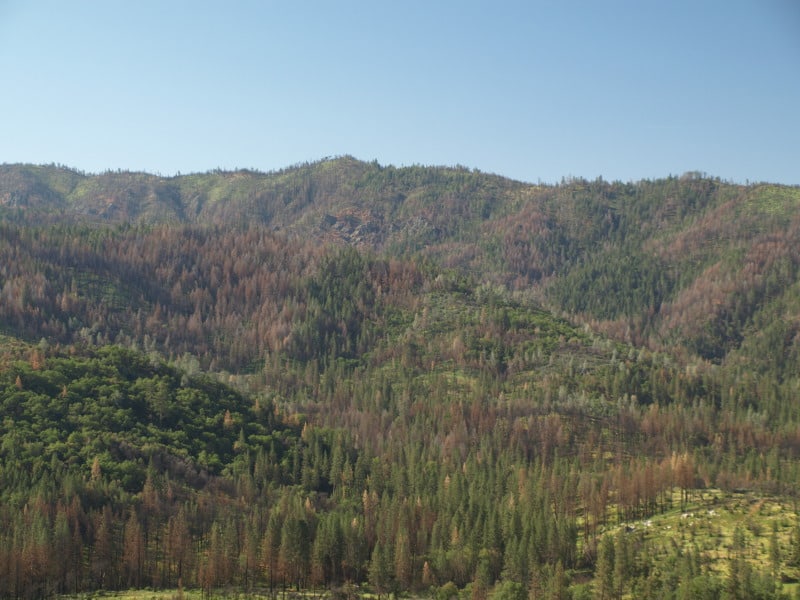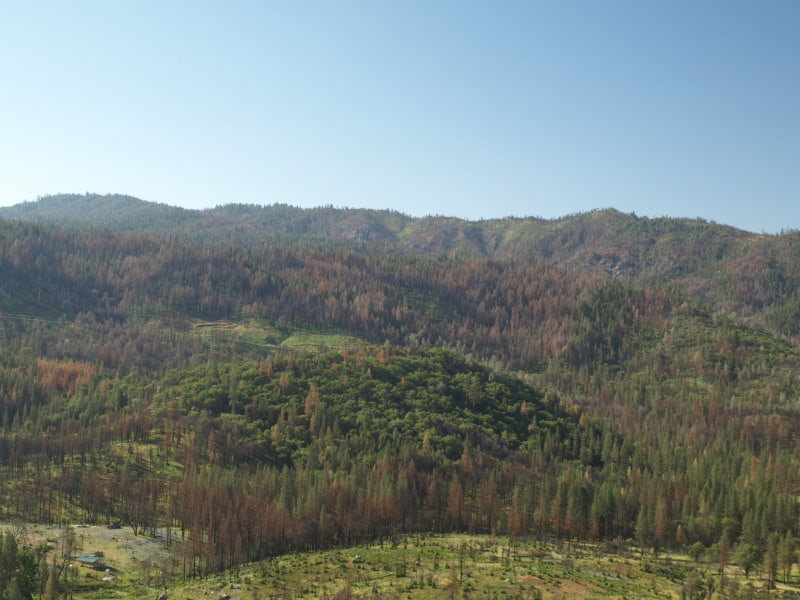Discussion about the unfair access of litigants to decision-makers ignores the privileged position of local governments and economic interests during the planning process. That is illustrated by this account of a meeting between the Forest Service, ESA regulatory agencies and northeast Oregon ranchers and county commissioners concerning revision of the Blue Mountains forest plans and changes in grazing requirements. It sounded good up through the point where a forest supervisor said, “It was a productive meeting. People said we need to do this more often — get around the table and share our thoughts in a respectful way.”
But here’s what the local public is taking home from the meeting (I’ve added the italics):
One of the major bones of contention with the plan among ranchers was something referred to as Watershed Condition Framework, which would require ranchers to leave taller grass stubble after grazing. “We got buy-in from the Forest Service that Watershed Condition Framework is out the door,” Nash said. (WCF is actually a national requirement.)
Matt McElligott of North Powder was asked to attend the meeting as a representative of the cattle industry. He said the county commissioners and the ranchers asked that the Forest Service use grazing guidelines and not standards. The commissioners also asked that those guidelines be assessed allotment by allotment rather than across the more than 5 million acres on the three forests. “When we left the meeting the other day, we got close to all the points the commissioners wanted,” McElligott said.
Those in attendance methodically went over each point step by step, hashed out the terminology and agreed to the items proposed for inclusion in the Pacific Northwest Regional Forester’s Record of Decision due early next year, McElligott said.
This seems to me to create a lose-lose situation. Either the attendees get what they want and the Forest Service and regulatory agencies look like they are making backroom deals, or they don’t and they feel betrayed (and might sue). A reason why such “collaboration” is not a substitute for public involvement and NEPA – or for litigation.


